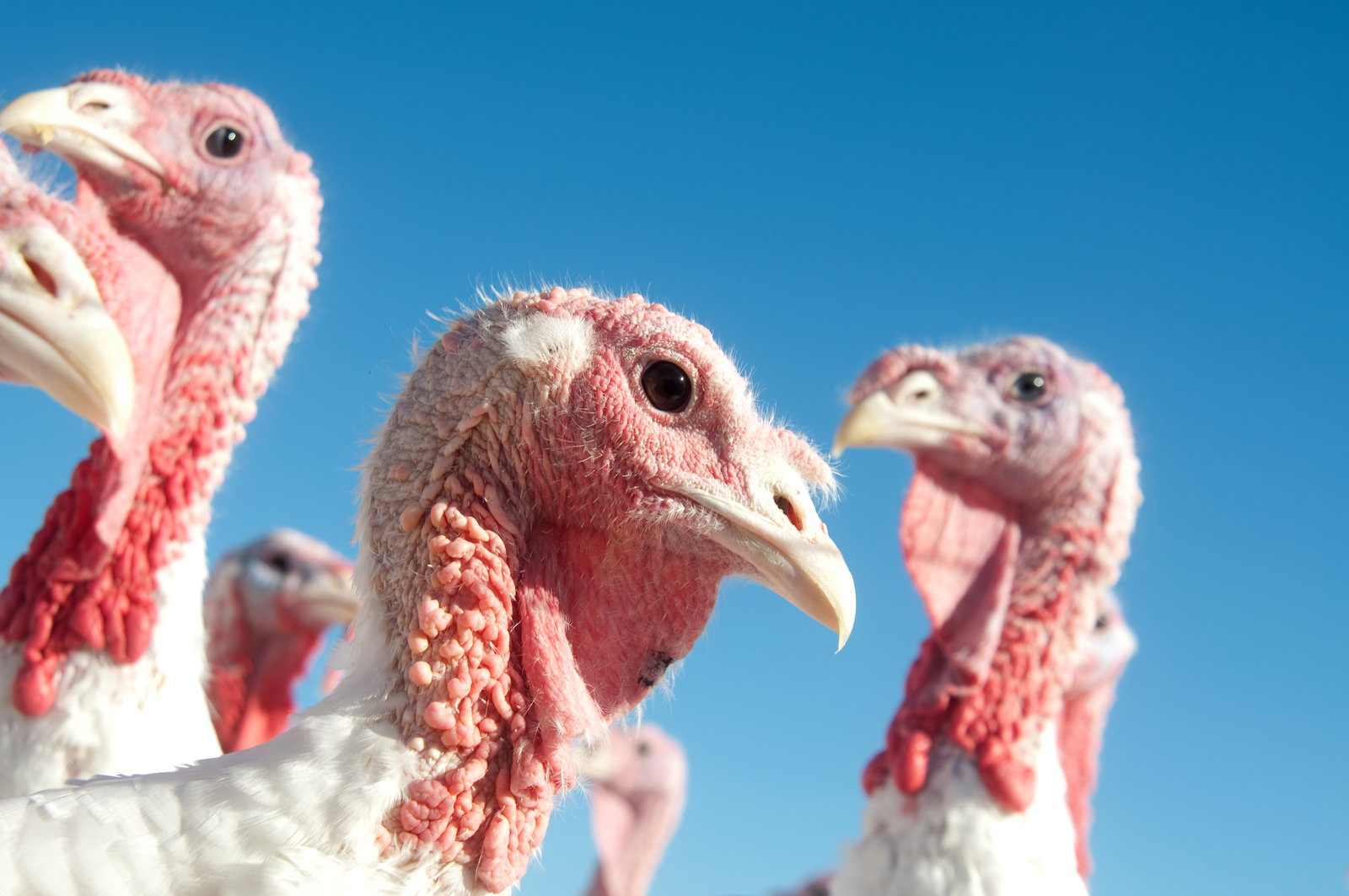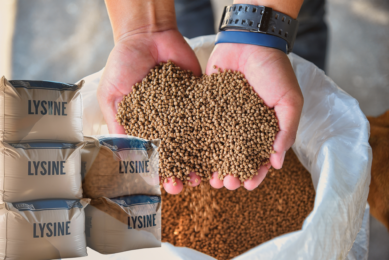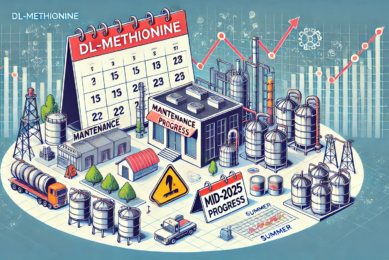Challenges in turkey breeding

A turkey is not a broiler and should therefore be treated differently with regards to breeding and nutrition. This was one of the conclusions from a recent seminar organised by Kemin, where some experts shed some light on this type of poultry production.
By Phillipe Caldier
“Feed represents 60 to 70% of the total cost of a live turkey, with costs ranging from 290 to 380 euro per tonne observed in Europe”, explained Corinne Morvan, nutritionist from the French company Aviagen Turkeys in her presentation ‘Nutritional guidelines and practical experiences to optimise turkey feeds’. Speaking at the Kemin conference, the French nutritionist addressed that a feed programme must have precise targets and priorities, because every farm context is different. “A turkey should not be considered as a big broiler chicken, and it’s important to know its nutritional behaviour”, said Morvan. Regarding energy supply, the nutritionist explained the need to manage three week steps of supplying an extra 100 kcal minimum for females and when possible four week steps for males. Morvan: “Compared to broilers, digestibility of lysine is less important when the animal are up to five days. However, lysine becomes more important after 21 days. Moreover, the amino acids’ digestibility increases with bird’s age, but this not accounts for all raw materials”. Another difference between turkeys and broilers is the nutritional behaviour of the animal. “Turkeys are more lazy than broilers and farmers should therefore be aware that the transition periods are properly managed. The way the feed is presented is one of the focus points. It should be consistent in colour, composition, form and pellet quality to make sure the turkeys eat enough”, according to Morvan.
Health and production
Jocelyn Marguerie from Réseau Cristal (a network of 180 French veterinarians) updated the audience about the link between turkey digestive health and welfare. Marguerie: “Digestive health is correlated to 46% of all health issues, based on more than 400 analyses made by our laboratories. In addition, digestive disorders are often underestimated and hard to diagnose. Clean drinking water, less competition between animals and a good feed distribution are some of the measures to be taken that contaminants do not reach the digestive tract and cause health problems”.
Mauro Di Benedetto from Kemin Animal Nutrition and Health EMEA talked about new tools to increase profitability in turkey production. “A large variability exists among raw materials such as wheat, fats, oils and acid oils. Adding enzymes can reduce this variability and may even lead to an improvement of performance”, explained Di Benedetto. He further explained that large variations exist in the energy value of fats and oils depending on their sources, which has been the reason that Kemin started a new analysis service in its Singapore laboratory since the beginning of 2013 to evaluate the energy of these raw materials. Stef De Smet, Sr Technical Service Manager at Kemin Animal Nutrition and Health EMEA, presented the results of three trials whose objective was to evaluate the effect of the additive Clostat* on zootechnical parameters in male turkey (two trials) and female turkey (one trial) when supplemented to the feed. In the trial made with female turkey, the addition of this additive through a period of 98 days at an inclusion level of 500 g/ton of finished feed positively influenced performance results resulting in significantly higher body weights and improved feed conversion. The trials on male turkey, respectively conducted at the University of Warmia and Mazury, Olsztyn, Poland and at the research institute Feedtest, Nauendorf, Germany, also led to an improvement of animal performance.
Soybean meal and welfare
Dr Krzysztof Kozlowski, Department of Poultry Science of University of Warmia and Mazury in Olsztyn, Poland said that turkey production represents around 20% of the total Polish poultry meat production. The East European country produces heavy to semi-heavy turkeys leading to an annual production of 370,000 tonnes. Kozlowski also touched on some nutritional recommendations for turkey diets. “Rapeseed, sunflower and lupine can partially (up to 18% of the diets) replace soybean meal in turkey diets, with an incorporation rate depending on their nutritional value. The diets profile can be improved in choosing varieties with lower anti-nutritional factors or in adding to the diets cocktails of enzymes of new generation”, the Polish turkey expert explained. Dr Hartmut Meyer from Moorgut Kartzfehn, Germany, focused on welfare in turkey production. “Turkey selection has changed since the 1960s. Breeding selection has more eye for animal welfare and the balance has shifted from decades ago. A German working group on turkey welfare has recently started in cooperation with slaughterhouses. Slaughterhouses will share information, such as numbers of pododermatitis infected legs, with the farmers, so that they can adjust the management accordingly”, concluded Meyer.
*In July 2013, the European Commission approved Clostat for use in fattening turkeys. Its use in broiler chickens and minor poultry has been extended.
Article featured in AllAboutFeed 22.1











